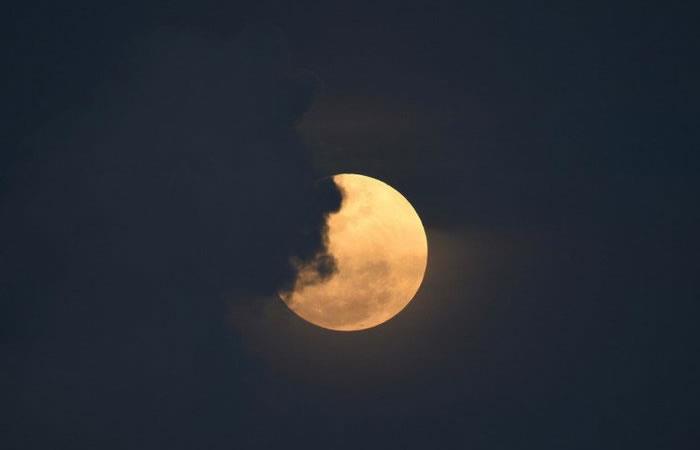Estas son las primeras imágenes de la Superluna Azul de sangre
Un evento astronómico inusual, que se da apenas una o dos veces cada cien años ha sorprendido al mundo entero.
Artículos Relacionados
Tecnología • ENE 30 / 2018
¿Excrementos humanos podrían ser una fuente nutricional para astronautas?
Tecnología • ENE 29 / 2018
¿Por qué es raro el eclipse de luna llena que se presentará este 31 de enero?
Tecnología • ENE 19 / 2018










